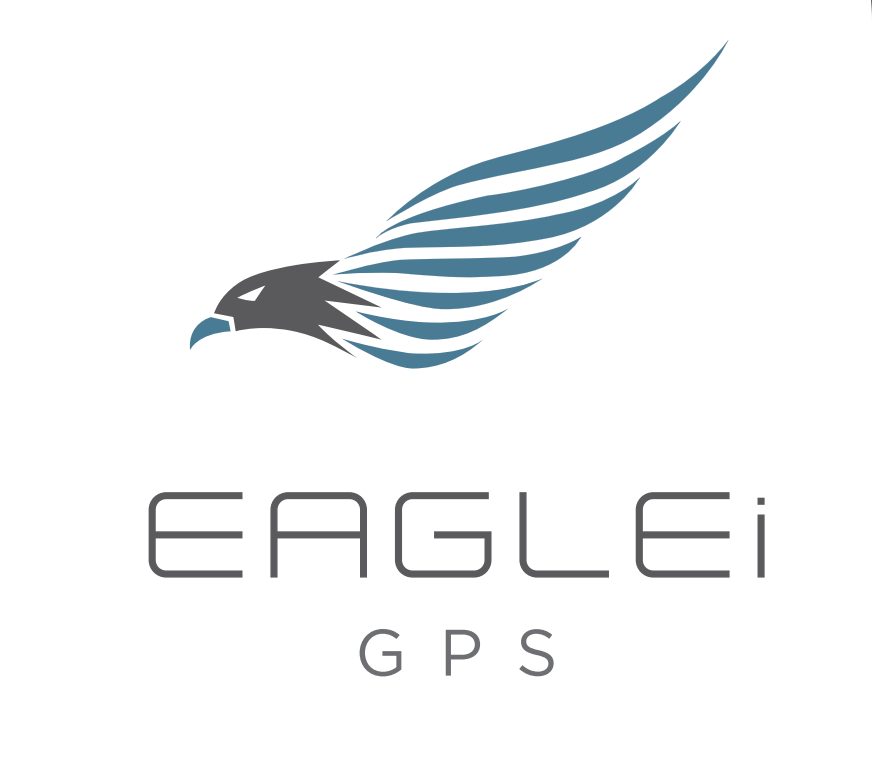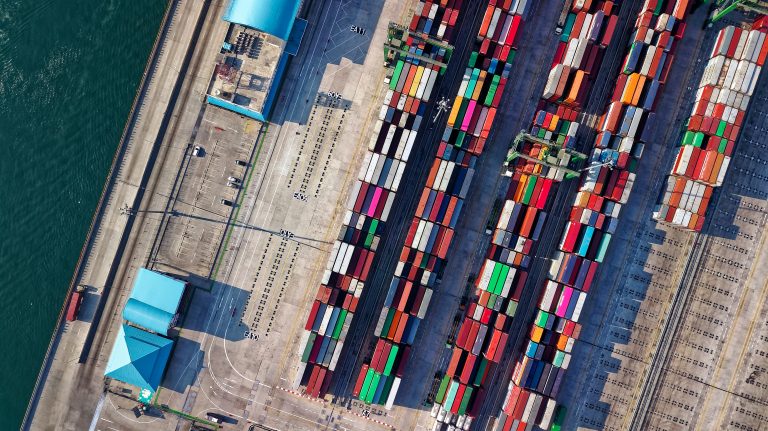GPS Tracking for Heavy Equipment: Navigating Efficiency and Security
Introduction
In industries like construction, mining, and large-scale agriculture, heavy equipment is not just an asset but a critical component of operational success. The management of these assets, particularly in terms of their location, usage, and maintenance, is essential. GPS tracking technology for heavy equipment offers a reliable solution to these challenges, enhancing both efficiency and security.
Understanding GPS Tracking for Heavy Equipment
What is GPS Tracking?
GPS (Global Positioning System) tracking uses satellite technology to pinpoint the exact location of a vehicle or equipment. In the context of heavy equipment, it provides crucial real-time data about location, movement, and operational status.
Why is it Crucial for Heavy Equipment?
The nature of heavy equipment – costly, essential, and often mobile – makes them a prime target for theft and misuse. GPS tracking helps in not only locating equipment but also in optimizing its use, increasing both security and operational efficiency.
Key Advantages of GPS Tracking for Heavy Equipment
1. Improved Asset Utilization
- Real-time Location Monitoring: Always know where your equipment is.
- Utilization Insights: Understand how effectively the equipment is being used.
2. Proactive Maintenance Management
- Maintenance Alerts: Automated notifications for scheduled maintenance.
- Equipment Health Tracking: Monitor wear and tear to prevent unexpected breakdowns.
3. Theft Deterrence and Recovery
- Instant Theft Alerts: Immediate notification in case of unauthorized movement.
- Quick Recovery: Facilitates faster recovery of stolen equipment due to precise location tracking.
4. Operational Efficiency
- Usage Optimization: Ensure your equipment is being utilized to its fullest.
- Data-Driven Decision Making: Use analytics to improve equipment deployment strategies.
5. Safety Compliance
- Safety Monitoring: Ensures that equipment is operated within safe parameters.
- Regulatory Compliance: Simplifies the process of generating compliance reports.
Implementing GPS Tracking in Your Fleet
Selecting the Appropriate GPS Tracking System
- Compatibility Check: Make sure the system is compatible with your specific equipment.
- Key Features: Prioritize features like real-time tracking, geofencing, and maintenance alerts.
- Ease of Use: An intuitive user interface is crucial for efficient operation.
Installation and Onboarding
- Professional Installation: For complex systems, professional installation is recommended.
- Staff Training: Equip your team with the knowledge to use the GPS tracking system effectively.
Integration with Fleet Management
- Software Integration: Seamlessly integrate EAGLEi GPS data with your existing fleet existing software.
- Data Application: Utilize GPS data to refine fleet operations and maintenance planning.
Accurate Case Studies: Real-World Applications
Case Study 1: Large-Scale Construction Firm
- Challenge: Managing a diverse fleet of heavy machinery across multiple construction sites.
- Solution: Implemented a robust GPS tracking system for real-time location and usage monitoring.
- Outcome: Achieved a 20% increase in equipment utilization and a significant decrease in idle time.
Case Study 2: Regional Mining Corporation
- Challenge: Protecting expensive mining equipment stationed in remote, unsecured locations.
- Solution: Integrated advanced GPS tracking with geofencing and immediate alert systems.
- Outcome: Dramatically reduced instances of equipment theft and unauthorized use, enhancing overall site security.
Case Study 3: Agricultural Equipment Rental Company
- Challenge: Optimizing the deployment and maintenance of a large fleet of rented agricultural machinery.
- Solution: Utilized GPS tracking to monitor equipment location, usage patterns, and maintenance needs.
- Outcome: Improved rental scheduling efficiency, reduced maintenance costs, and enhanced customer satisfaction.
Future Developments in GPS Tracking for Heavy Equipment
Emerging Innovations
- Advanced Data Analytics: Incorporating AI and machine learning for predictive analytics and operational insights.
- IoT Integration: Connecting GPS tracking systems with other Internet of Things (IoT) devices for a more holistic view of fleet management.
Focusing on Sustainability
- Reducing Environmental Impact: Utilizing GPS tracking data to lower fuel consumption and decrease emissions.
- Sustainable Asset Management: Extending the life of equipment through better utilization and maintenance.
Conclusion
The implementation of GPS tracking in heavy equipment fleets is a fundamental shift towards more efficient, secure, and intelligent asset management. As this technology continues to advance, its role in enhancing the operational efficiency, security, and sustainability of heavy equipment management becomes increasingly vital. For companies reliant on heavy machinery, adopting GPS tracking is a strategic move towards future-proofing their operations.







